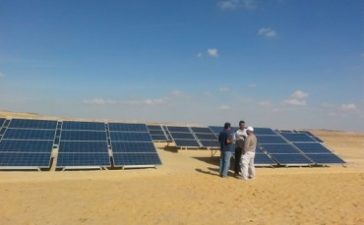
Almost exactly one year ago Green Prophet revealed that King Tut’s jewelry contains ancient comet dust. Now the ancient Egyptians will leave their mark on a passing comet as a spacecraft named after an Egyptian obelisk takes a selfie before attempting a soft landing on a comet.The European Space Agency (ESA) named this mission Rosetta, after the famous stone tablet found in Rashid (Rosetta) Egypt in 1799. The Greek and Egyptian writings on this tablet helped archaeologists decode the hieroglyphics of ancient Egypt and understand more about what had been a forgotten civilization.
The Rosetta space mission’s purpose is to rendezvous with a passing comet and attempt a soft landing on the surface of its nucleus. But like the Rosetta stone from which it was named, this mission should help increase human understanding.

Comets can give us a glimpse of interstellar space and the distant past. So far this bold mission has beat the long odds of space travel. It orbited the Sun five times, flew past the Earth three times, the asteroid belt twice and Mars once in a 6.4 billion kilometer race to catch up with comet 67P/Churyumov-Gerasimenko.
This ten-year-long game of interplanetary billiards harnessed the gravitational energy of planets and helped accelerate and decelerate the spacecraft.
On the twelfth of November 2014, a robotic spacecraft named Philae will attempt the soft landing pirouette where it will match the comet’s 39,957.43 mph velocity. It is hoped that comet and spacecraft will bump into each other at a walking pace of about one meter per second.
Comets create and destroy life
This is where we find the second reference to ancient Egypt. The landing craft’s name is taken from an island in Lake Nasser on the Nile river where an English scholar named William John Banks found an obelisk lying next to the crumbling Temple of Isis. He studied the obelisk’s inscriptions which ultimately led to the decoding of the Rosetta stone. It is hoped that knowledge will also lead to more knowledge in the Rosetta mission. But knowledge also leads to surprises and new questions.
Comets are believed have been the cause of one or more of the earth’s mass extinctions. They are also believed to have been the source of water and life on earth. As missions such as Rosetta tell us more about comets, it reveals more about the past and our place in the universe.



